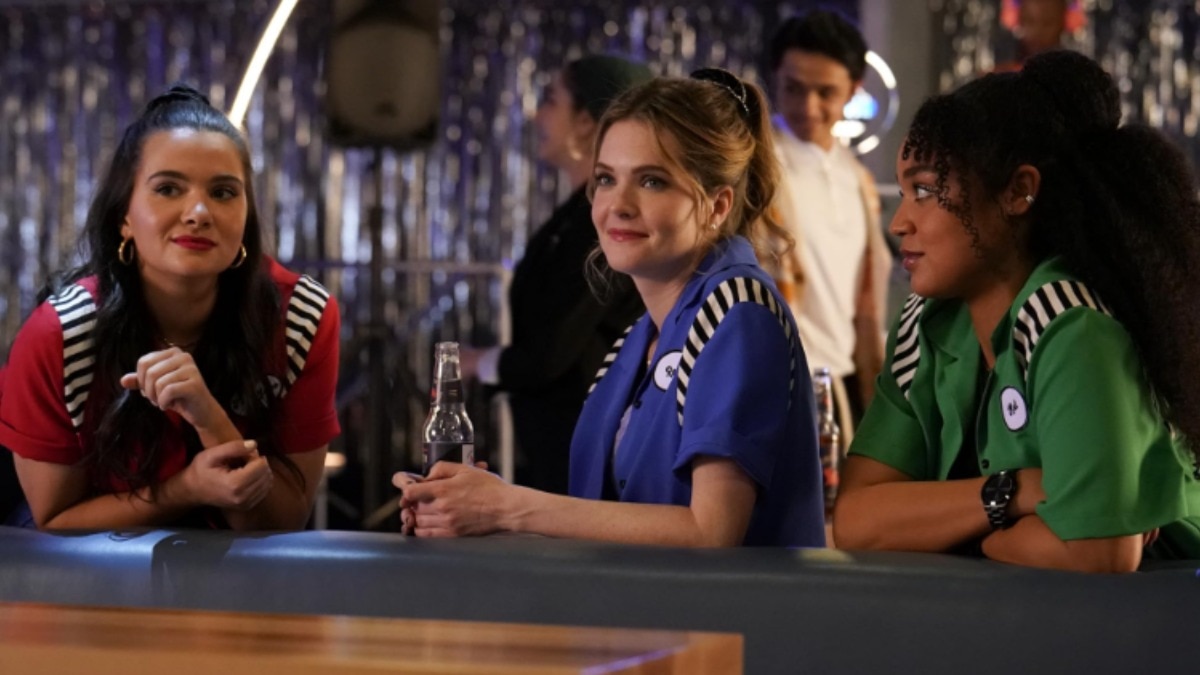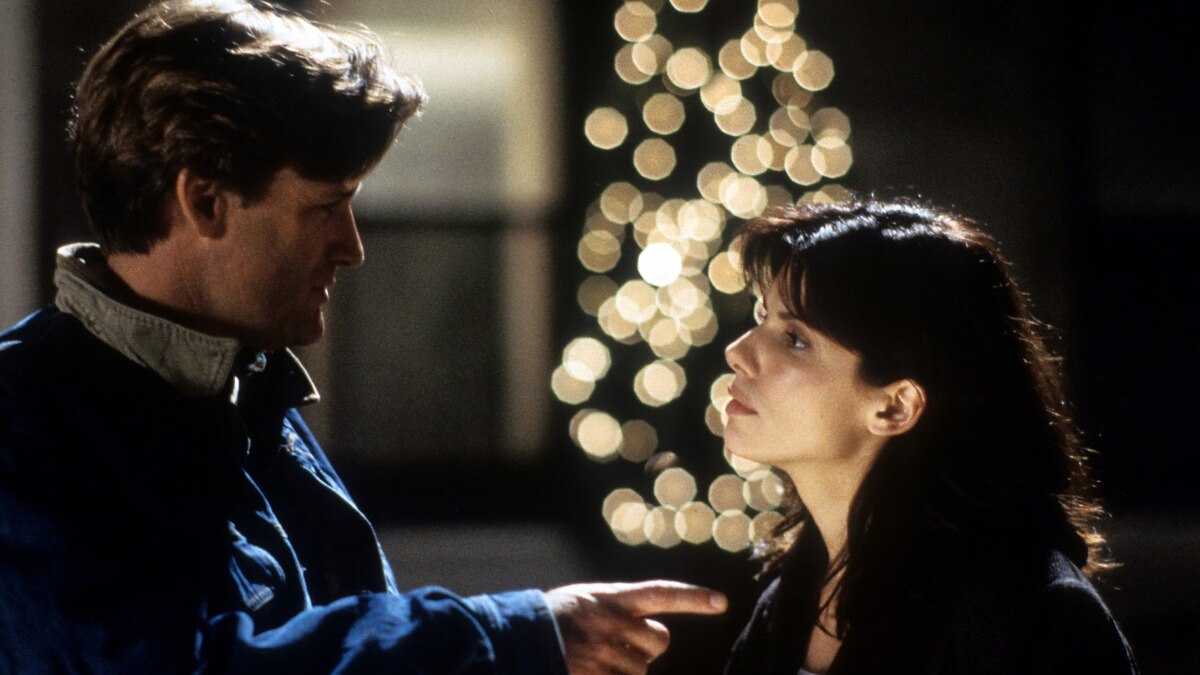From ‘The Idea of You’ to ‘Jurassic Park,’ seven movie adaptations that have completely different endings
Warning, spoilers ahead!


You may not remember how things started, but you’ll always remember how they ended. When it comes to book-to-movie adaptations, there’s always one question we want answered—is the book better than the movie? Oftentimes, the ending of the movie is the deciding factor. In the books, we are transported to a world where characters, be it real or fictional, capture our imagination and cement a special place in our minds and hearts. Their movie adaptation, however, may not always result in a happily ever after. And in some cases, the director makes up for the rather tame end, delivering an unforgettable climax instead.
We’ve rounded up a list of films that took a different route and changed its ending from the source material.
A Clockwork Orange (1971)
The 1971 Stanley Kubrick film is a sci-fi crime flick based on Anthony Burgess’ 1962 novel of the same name. The story revolves around Alex, whose life is filled with violence, theft, rape, and other criminal activities, which come to an end after he undergoes psychological treatment. In the novel, the experiments have a positive outcome as Alex foregoes the acts of violence, finding no joy in them. He goes on to believe that he can live a normal life and even become a father someday. Kubrick, on the other hand, was never one to keep it simple. In the film, the procedures have a reverse effect on Alex as he still thinks about violence. The ending doesn’t confirm anything, although assuming that he’s still insane, isn’t a wild guess.
Where to watch: YouTube
The Shining (1980)
A cult classic, the ending of this film that is far more thrilling than the book itself. The story centres on a man named Jack Torres, his wife Wendy, and their son Danny, who has psychic abilities. In an attempt to overcome his writer’s block, Jack takes up a job as the winter caretaker of the Overlook Hotel in Colorado, unaware of the hotel's gruesome past. Soon enough, Jack spirals and turns into a blood thirsty man unleashing hell on his family. Now in the film, Jack manages to kill chef Dick Halloran, who returned to the hotel to rescue Wendy and Danny, while the two manage to escape in the his snowmobile leaving Jack to freeze to death. However, in the book, Halloran manages to rescue the duo, escaping with them, while Jack burns to death after the hotel catches fire. The epilogue also shows the three survivors a year after the accident. But what's really interesting (and eerie) is the film’s ending, which reveals a photo of Jack in the hallway celebrating Independence Day (July 4) back in 1921. What does that mean and how was he even alive at that point? Our guess is as good as yours!
Where to watch: Amazon Prime Video, Apple TV, YouTube
Jurassic Park (1993)
Had Stephen Speilberg stuck to the original ending of the 1990 science fiction novel by Michael Crichton, we would have been extremely disappointed with the movie’s ending. Everyone was happy at the end of the film as they watched a couple of survivors (Dr Alan Grant, Dr Ellie Sattler, and more) being taken away from the island that didn’t even get blown up. Yes, you heard that right. In the book, there’s no island as government agencies blow up the place with napalm which means goodbye to the deadly dinosaurs. If you think about it, Speilberg’s decision to change the ending was nothing short of a masterstroke. After all, the island stays in one piece, and undergoes a transformation that eventually becomes Jurassic World as the franchise continues over the years.
Where to watch: JioCinema, Amazon Prime Video, Apple TV, YouTube
Forrest Gump (1994)
It’s not just the ending, but the writing of the protagonist across both mediums that are poles apart from each other. In the Winston Groom novel, Gump swears, is more impulsive, and unpredictable, while in the film, Tom Hanks plays one of the most kind-hearted individuals you’ll ever see. Not only that, he does a lot of things differently too (compared to the book). The film adaptation also does away with his stint at NASA, his time as a boxer, and his introduction to an ape called Sue. Coming to the ending, the book sees Forrest and Sue move to Georgia where he runs into his former flame Jenny. His life takes an unexpected twist when he realises that they have a son but chooses to not be part of her life after he finds out that she’s married, following which he goes on to start his own shrimp business. In the movie, the two do end up together and he takes care of their son, Forrest Gump Jr. after Jenny passes away due to AIDS.
Where to watch: Netflix, Amazon Prime Video, Apple TV
My Sister’s Keeper (2009)
Who dies and who stays alive—that’s the one and only difference between the film and the book (a huge one for those who’ve seen both). The book by Jodi Picoult is about a young leukaemia patient named Kate, whose parents conceive another daughter, Anna to be an organ donor for the former. But Anna decides to take a stand for herself, when she turns 13 and refuses to donate one of her kidneys, suing her parents for medical emancipation. In the book, Anna meets with a horrible car accident and ends up being brain-dead, following which her parents decide to disconnect her life support and give her organs to Kate. In the film, director Nick Cassavetes reverses the fate of the sisters. Kate passes away after she refuses to accept her sister’s organs, wanting to enjoy what's left of her life in peace. A twist that readers certainly didn’t see coming.
Where to watch: Amazon Prime Video, Apple TV
The Idea Of You (2024)
The newest adaptation on this list, the movie version of the 2017 best-selling novel by Robinne Lee stars Anne Hathaway and Nicholas Galitzine as Solène and Hayes respectively. While the book's ending broke our hearts as Solène breaks up with Hayes, the film, fortunately, doesn’t end on such a bleak note. Instead, it leaves things open to interpretation. Despite the pair calling off their relationship for the same reason in the book, the two do meet five years later in the film. There’s a scene right at the end where Hayes, in an interview, reveals that he wants to take a trip to Los Angeles because there's someone whom he wants to meet. The very next scene shows the two meeting at Solène's studio with the screen cutting to black. While we don't really know what happens after, we’re always rooting for love, aren’t we?
Where to watch: Amazon Prime Video
Fight Club (1999)
Adapted from Chuck Palahniuk’s novel (written in 1996), this cult film by David Fincher, made three years later had much more than a big twist as far as its ending goes. The film is about a man (Edward Norton) suffering from depression and insomnia who meets a soap sales salesman named Tyler Durden (Brad Pitt). They form an underground fight club with strict rules (there is only one rule, IYKYK) and fight other men. Over time, cracks start to develop in their relationship when Marla (Helena Bonham Carter), catches Tyler's attention.
The film keeps the twist of the narrator and Tyler Durden being the same person. But the ending is so much more than that. In the book, the narrator tries to shoot himself in the head and wakes up in a hospital. Many of the attendants, who are members of Tyler’s cult organisation—Project Mayhem, ask him when he’s going to start things again, indicating that Durden is still very much a part of him. In the movie, the narrator does shoot himself, but only kills Durden with his true self reuniting with Marla as the duo watches a series of explosions (Project Mayem) caused by his now-gone alter ego, Durden.
Where to watch: Amazon Prime Video and YouTube
Lead image credit: Amazon Prime Video
Also read: The ending of 'The Idea of You', explained
Also read: 2024 books that you have to get your nose in already










